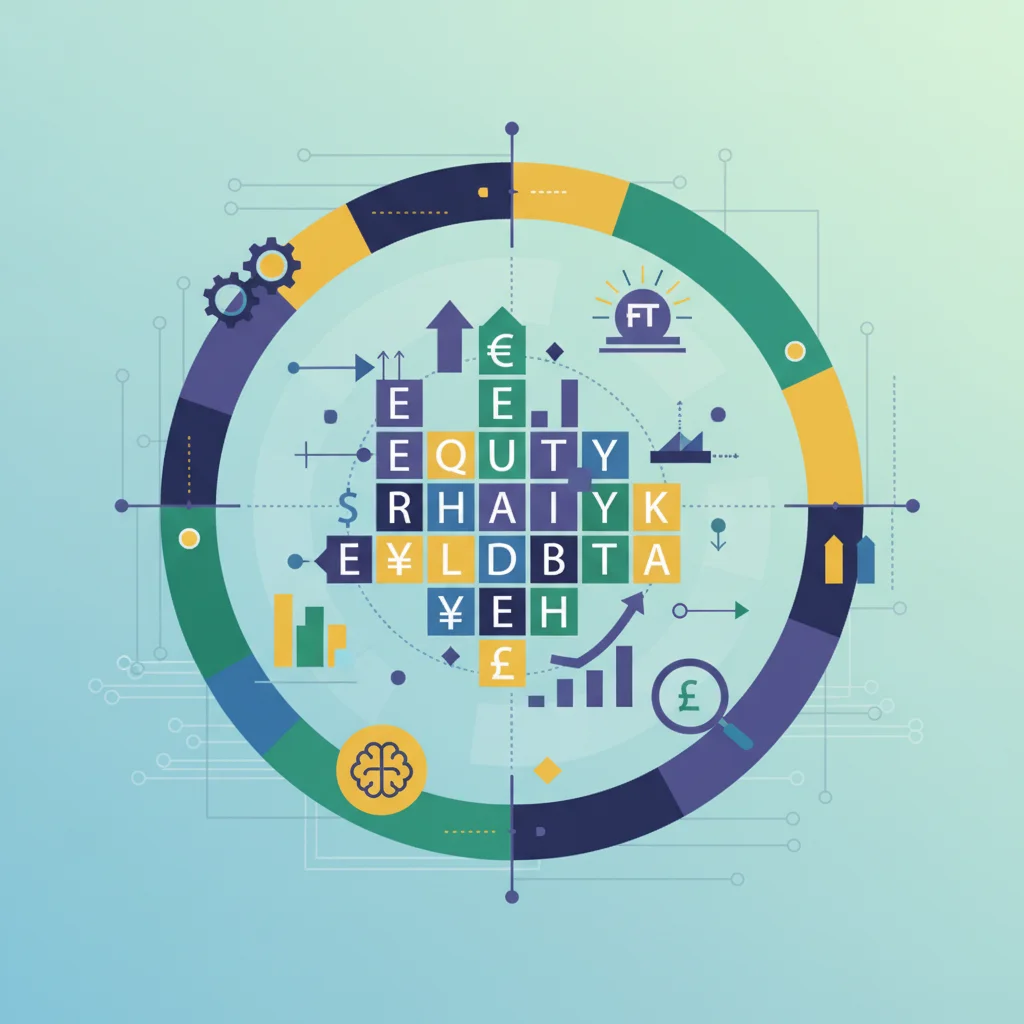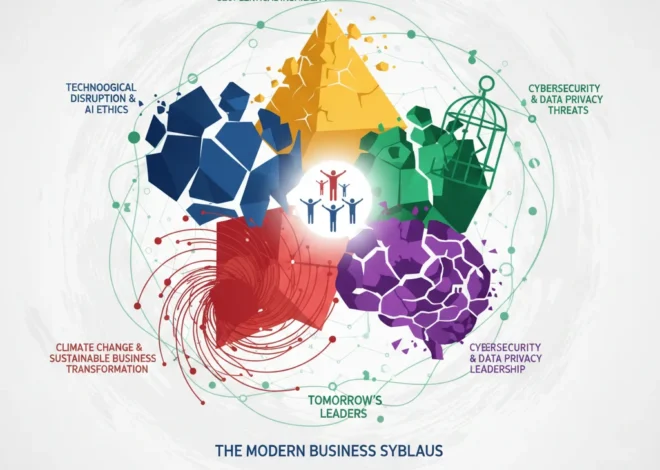
Solving the Market: What the FT Crossword Teaches Us About Modern Finance
The Ultimate Puzzle: Cracking the Code of Finance and Investing
For many, the morning ritual isn’t complete without a cup of coffee and a cryptic crossword. It’s a mental workout, a delightful battle of wits against a clever setter. The Financial Times crossword, in particular, is a bastion of intellectual challenge. Recently, while tackling puzzle number 18,211, a thought emerged: the skills required to solve a complex crossword are remarkably similar to those needed to navigate the labyrinthine world of modern finance. Both demand pattern recognition, a deep understanding of context, the ability to decipher cryptic clues, and a healthy dose of strategic patience. The stock market, after all, is the ultimate cryptic puzzle.
The answers aren’t always obvious. A simple definition often hides a more complex reality, much like a promising stock can conceal underlying risks. In both arenas, success comes not from just knowing the answers, but from understanding the intricate system of rules, patterns, and human psychology that governs the game. This post uses the clues from that very FT crossword as a framework to explore the key pillars of today’s financial landscape—from broad economics to the disruptive power of fintech and the nuances of modern trading.
The Macro Clue: Understanding the Economic Landscape (10 Across: ECONOMICS)
One of the key answers in the puzzle was “ECONOMICS.” It’s the perfect starting point, as the broader economy is the game board on which all financial activity plays out. For investors, business leaders, and finance professionals, a firm grasp of economics isn’t just academic; it’s fundamental to strategic decision-making. Key economic indicators like GDP growth, inflation rates, and employment figures are the “across” and “down” clues that signal the health of the market.
Today’s economic environment is particularly cryptic. Central banks globally are walking a tightrope, attempting to curb inflation without triggering a deep recession. The U.S. Federal Reserve’s interest rate policies, for example, have a direct and powerful impact on everything from mortgage rates to stock market valuations. According to the International Monetary Fund’s latest outlook, global growth is projected to remain steady, but geopolitical risks and persistent inflation present significant challenges. Understanding these macroeconomic currents is the first step in positioning a portfolio to weather potential storms and capitalize on emerging opportunities.
Ignoring the economic backdrop is like trying to solve a crossword without reading the clues—you might fill in a few words by chance, but you’ll never see the complete picture.
The Great Correlation: Why Bitcoin Is Behaving Like a Tech Stock This 'Red October'
Decoding Your Portfolio: Assets, Stocks, and Diversification (1 Across: ASSET, 13 Across: STOCKING)
The very first clue, “ASSET,” gets to the heart of investing. An asset is any resource with economic value that an individual or corporation owns with the expectation that it will provide a future benefit. For most investors, the primary assets are found in the stock market. This brings us to another clue, “STOCKING,” a clever pun that points directly to the world of equities.
Building a resilient investment portfolio is an exercise in strategic asset allocation. It’s not just about picking winning stocks; it’s about balancing different types of assets to mitigate risk and optimize returns. The core components typically include:
- Equities (Stocks): Ownership stakes in public companies, offering high growth potential but also higher volatility.
- Fixed Income (Bonds): Loans to governments or corporations that pay a fixed interest rate, generally considered lower risk than stocks.
- Commodities: Raw materials like gold, oil, and agricultural products, which can act as a hedge against inflation.
- Real Estate: Physical property or real estate investment trusts (REITs), providing potential for rental income and appreciation.
- Alternatives: A broad category including private equity, hedge funds, and increasingly, digital assets.
The long-term performance of these asset classes varies significantly, underscoring the importance of diversification. Below is a simplified look at the historical annualized returns of major asset classes, which illustrates why a balanced approach is often prudent.
| Asset Class | Illustrative Annualized Return | Key Characteristics |
|---|---|---|
| U.S. Large Cap Stocks (S&P 500) | ~12.0% | High growth potential, significant volatility. |
| U.S. Aggregate Bonds | ~1.5% | Lower risk, income generation, portfolio stability. |
| Gold | ~4.5% | Hedge against inflation and market uncertainty. |
| Global Real Estate (REITs) | ~6.0% | Income and appreciation, sensitive to interest rates. |
Note: These figures are illustrative and based on historical data. Past performance is not indicative of future results (source for historical context).
The Anagram of Disruption: Fintech, Blockchain, and the Future of Money (8 Down: FINTECH)
Perhaps the most telling clue in the puzzle was an anagram for “FINTECH.” Financial technology is the single most disruptive force in the industry today, fundamentally reshaping everything from personal banking to institutional trading. It’s a broad term encompassing a range of innovations:
- Digital Banking: Neobanks and online platforms offering lower fees and superior user experiences.
- Algorithmic Trading: Using complex algorithms to execute trades at speeds and frequencies impossible for humans.
- Robo-Advisors: Automated, low-cost investment management services.
- Blockchain and Digital Assets: The technology underpinning cryptocurrencies, offering a decentralized and transparent ledger for transactions.
A related clue, “CHAIN” (22 Down), hints at the most profound of these innovations: blockchain. More than just the engine for Bitcoin, blockchain technology offers a new paradigm for trust and transparency in finance. Its potential applications include streamlining cross-border payments, creating more efficient and accessible stock markets through tokenization, and revolutionizing supply chain finance. The global fintech market is exploding, with its value projected to reach nearly $700 billion by 2030 (source), a testament to its transformative power.
For investors and business leaders, the rise of fintech is both an opportunity and a threat. It creates new avenues for investment and efficiency but also challenges incumbent institutions like traditional banks to adapt or become obsolete. Understanding the implications of this technological shift is no longer optional; it’s essential for long-term survival and success.
The Human Element: The Psychology of Trading (28 Across: TRADING)
While economics sets the stage and technology provides the tools, the actual performance of the market is driven by human decisions. The clue “TRADING” reminds us that at its core, finance is a deeply psychological game. The field of behavioral economics has shown that investors are not the perfectly rational actors that classical economic theory once assumed. Instead, we are susceptible to a host of cognitive biases that can lead to poor decision-making:
- Fear of Missing Out (FOMO): Piling into a hot stock at its peak for fear of being left behind.
- Loss Aversion: The tendency for the pain of a loss to be twice as powerful as the pleasure of an equal gain, leading investors to hold onto losing positions for too long.
- Confirmation Bias: Seeking out information that confirms our existing beliefs about an investment while ignoring contradictory evidence.
- Herding: Following the actions of a larger group, whether it’s rational or not, which can inflate market bubbles.
Successful trading and long-term investing require more than just financial acumen; they demand emotional discipline. The ability to stick to a well-defined strategy, ignore market noise, and make decisions based on data rather than emotion is what separates seasoned professionals from amateurs. Just as a crossword solver must resist the urge to guess wildly and instead work through the puzzle logically, an investor must resist the emotional pulls of fear and greed.
Conclusion: Assembling the Final Picture
Like any good cryptic crossword, the financial market is a puzzle that is never truly finished. New clues emerge every day in the form of economic data, technological innovation, and shifts in market sentiment. The solutions of yesterday may not fit the grid of tomorrow. Yet, by applying the same principles of diligent analysis, strategic thinking, and a willingness to see the hidden connections, we can begin to make sense of the complexity.
From understanding the overarching “ECONOMICS” to allocating each “ASSET” with care, and from embracing the disruptive power of “FINTECH” to mastering the psychology of “TRADING,” the journey is one of continuous learning. The goal isn’t to find a single, magic answer, but to build a robust framework for decision-making—a framework that allows you to confidently fill in the blanks, one square at a time, and ultimately solve your own financial puzzle.


